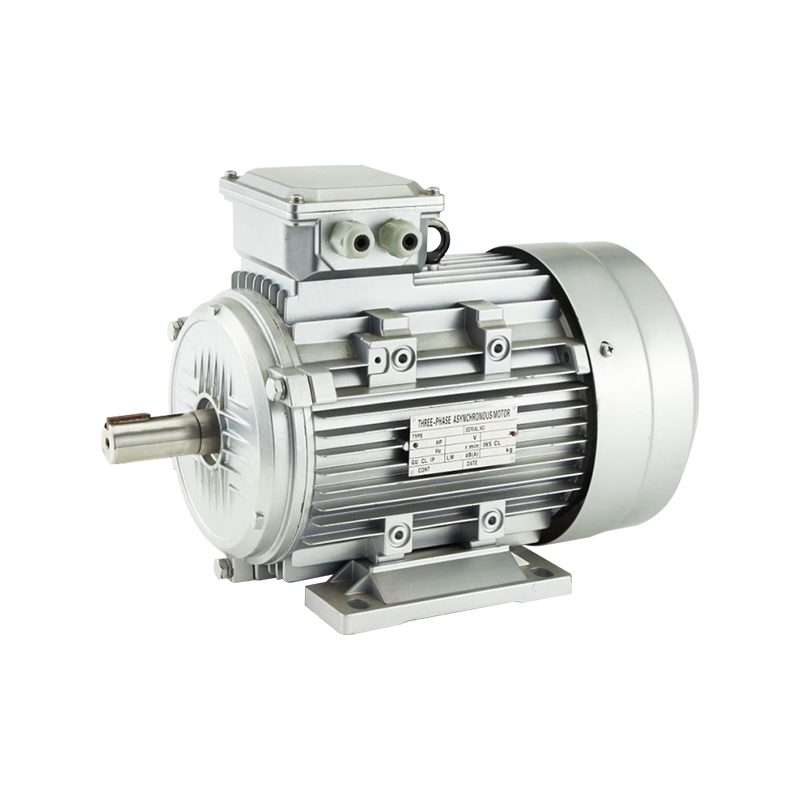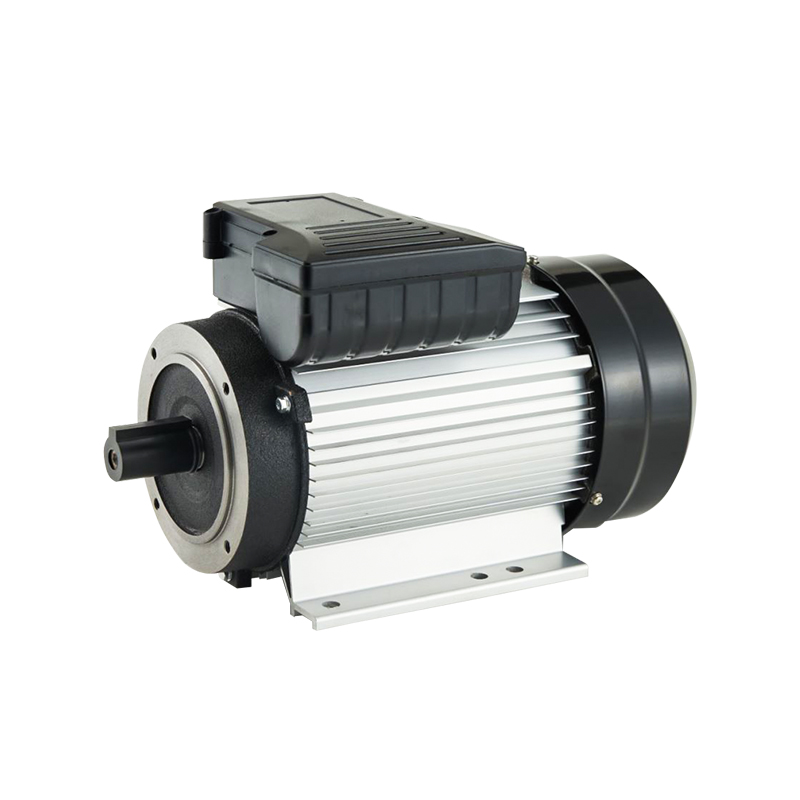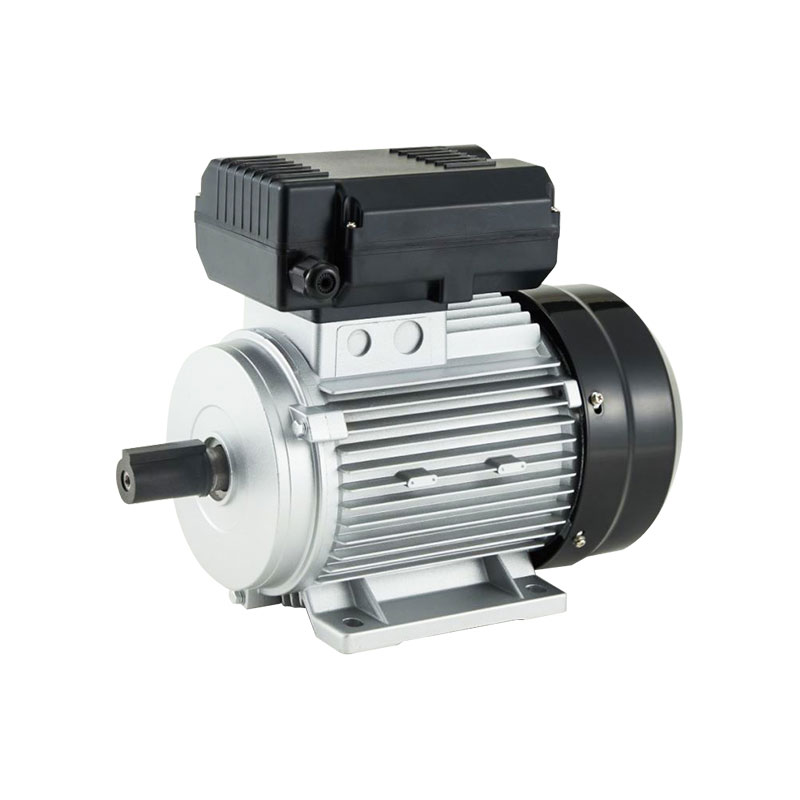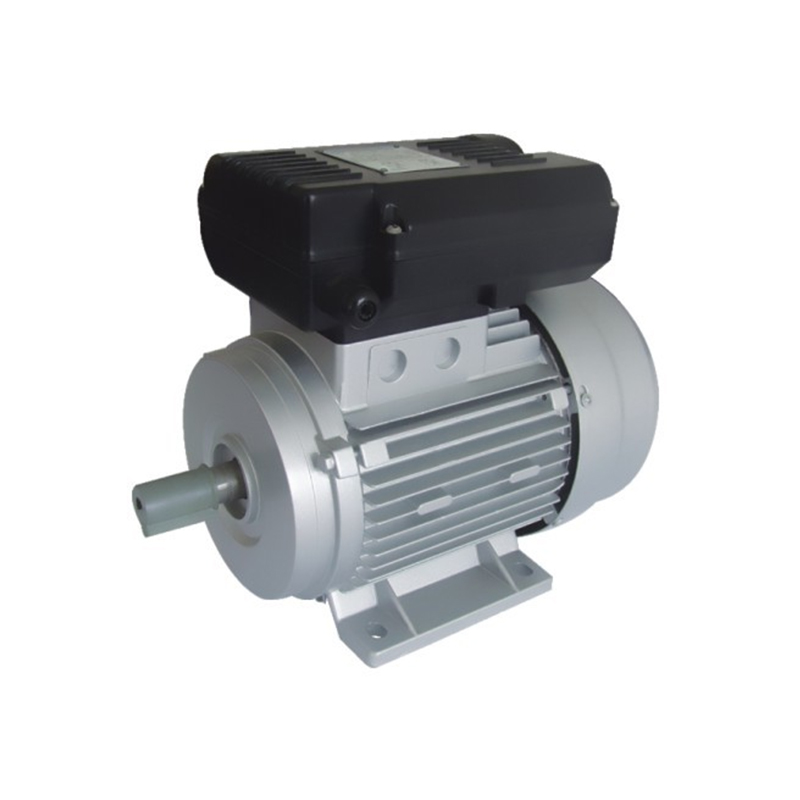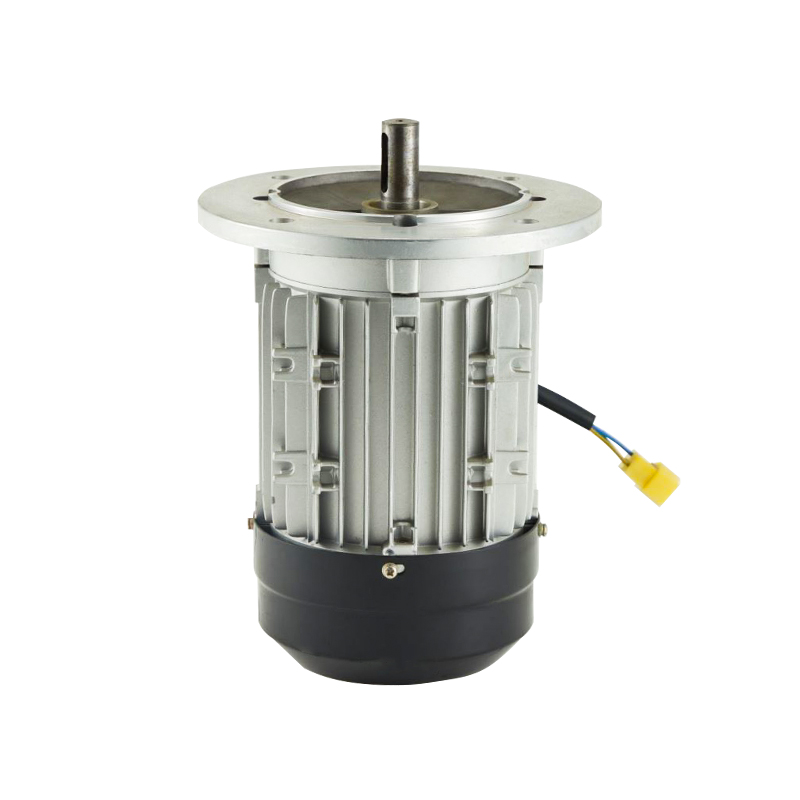1. Appearance inspection method
When a three-phase motor burns out, there will generally be some visible signs on the appearance. For example, there will be obvious marks, deformation, or color changes on the surface of the motor. At this time, you can make a preliminary judgment by visual observation. If you find that some parts of the motor have been burnt or deformed, then you can conclude that the motor has burned out.
2. Voltage detection method
When the motor starts, you can make a preliminary judgment by detecting the voltage. At this time, you need to monitor the three-phase voltage to detect whether the voltage value of the motor is the same as the voltage value under normal circumstances. In the case of a motor burnout, the voltage will change because the coil in the motor winding has burned out.
3. Resistance measurement method using a multimeter
Before the motor starts, it is a common method to use a multimeter to measure resistance. The three advances of the motor need to be connected to the electrodes of the multimeter. Since the resistance value in the motor winding is somewhat different from that in normal circumstances, the size of the resistance value can be used to preliminarily judge whether the motor is burned out. If the resistance value changes greatly, it can be concluded that the motor has burned out.
In short, the above three methods are common methods for measuring whether a three-phase motor is burned out. In actual use, we need to choose the appropriate method for measurement according to the degree and situation of burnout. If it is a digital motor or some other high-tech equipment, it needs to be accurately measured and judged by professionals.
In addition to the three methods mentioned above, there are a few other techniques that can help diagnose a burned-out three-phase motor, particularly in alternating current (AC) induction motors.
4. Insulation Resistance Test
One of the important tests for determining if a three-phase motor has burned out is the insulation resistance test. This method checks the insulation between the motor windings and the motor frame. If the motor windings have been damaged due to overheating or other issues, the insulation between the windings will likely break down. To perform this test, an insulation resistance tester or megohmmeter is used to measure the resistance between the motor windings and the motor's ground. If the reading shows a low insulation resistance, it can be an indication that the motor windings have shorted to the ground, and the motor has likely burned out.
5. Motor Vibration Analysis
Another method that can be helpful is motor vibration analysis. A three-phase motor, particularly an alternating current AC induction motors, will exhibit unusual vibrations if it is malfunctioning or burning out. Increased vibration often indicates an issue with the bearings, misalignment, or even motor winding problems. If abnormal vibrations are detected, it may be a sign that the motor is experiencing electrical or mechanical failure. By monitoring vibration levels, you can identify problems in the early stages before a complete motor burnout occurs.
6. Current Measurement Method
By using a clamp meter to measure the current in each phase of the three-phase motor, you can identify potential issues. In a functioning AC induction motor, the current in each phase should be balanced. If one or more phases show a significant difference in current, it could indicate that the motor windings have burned out or that there is another electrical problem. This method is effective for detecting phase imbalances, which can advance to overheating and eventual motor burnout.
7. Thermal Imaging
Thermal imaging is a non-invasive technique that can be used to assess the health of a three-phase motor. A thermal camera is used to take heat maps of the motor while it is running. A burned-out motor or one that is on the verge of failure will show unusually high temperatures in certain areas, particularly around the windings. Overheating is a common sign that the motor is under stress or that the insulation in the windings is compromised. Using this method can help you detect early signs of failure and prevent further damage.
Conclusion
In conclusion, diagnosing whether a three-phase motor, particularly an alternating current AC induction motor, has burned out requires a combination of visual inspection, electrical testing, and advanced diagnostic methods. By using techniques such as voltage detection, resistance measurement, insulation resistance testing, vibration analysis, and thermal imaging, it is possible to get an accurate assessment of the motor’s condition. Identifying and addressing issues early can help prevent further damage and costly repairs.


